Affiliate links on Android Authority may earn us a commission. Learn more.
Mobile audio trends we hope to see in 2019

Between tossing our 2018 planners and contemplating what “new year, new me” means for 2019, we should also consider what resolutions and evolutions we want to see concerning mobile audio. While there are plenty of excellent smartphones for audio enthusiasts on the market, smartphone manufacturers are pushing wireless audio, despite our cries for the headphone jack’s return. Wishful thinking aside, let’s dive into what we’re likely to see this year.
Realistic trends
For the record, I’m a realist. While that’s usually code for “I’m a pessimist in denial,” in this instance, I think there are a handful of realistic, positive mobile audio trends on the horizon. After all, as wireless and true wireless technology improves, it becomes increasingly affordable.
A true wireless renaissance
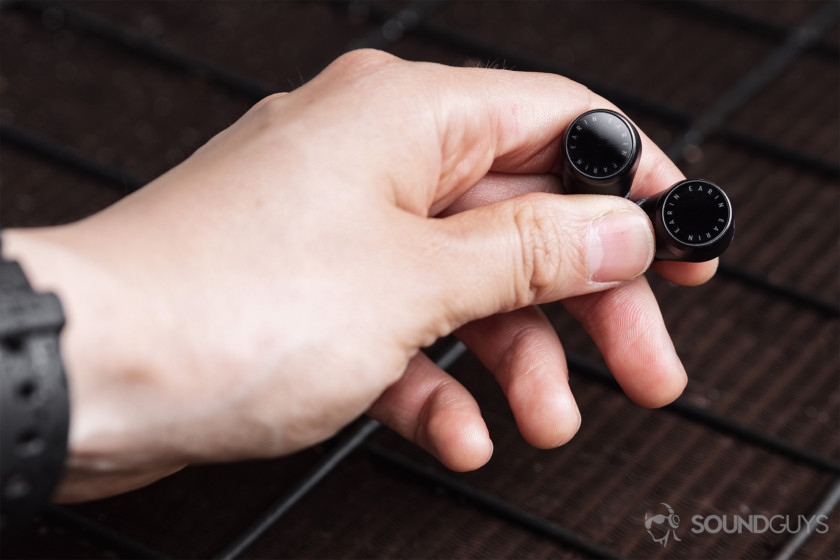
Although many of us are resistant to the wireless-only trend, it seems all but inevitable. True, Bluetooth still can’t outperform wired audio but its convenience is hard to ignore. What’s more, we’ve seen true wireless earbuds improve leaps and bounds in just the past year. Plus, as demonstrated at IFA 2018, renowned audio brands are trying their hands at truly wireless tech, too, which has helped bolster the market.
While it’s entirely possible that the accessibility of the technology will open the floodgates for sub-par earbuds to come, the coin flips both ways. Leveling the playground has allowed other competitors in like JLab and RHA. As manufacturers push their second generation true wireless earbuds to market, we expect to see battery life and connectivity improvements. Said expectations seem attainable and necessary to entice consumers.
Improved USB-C headphones
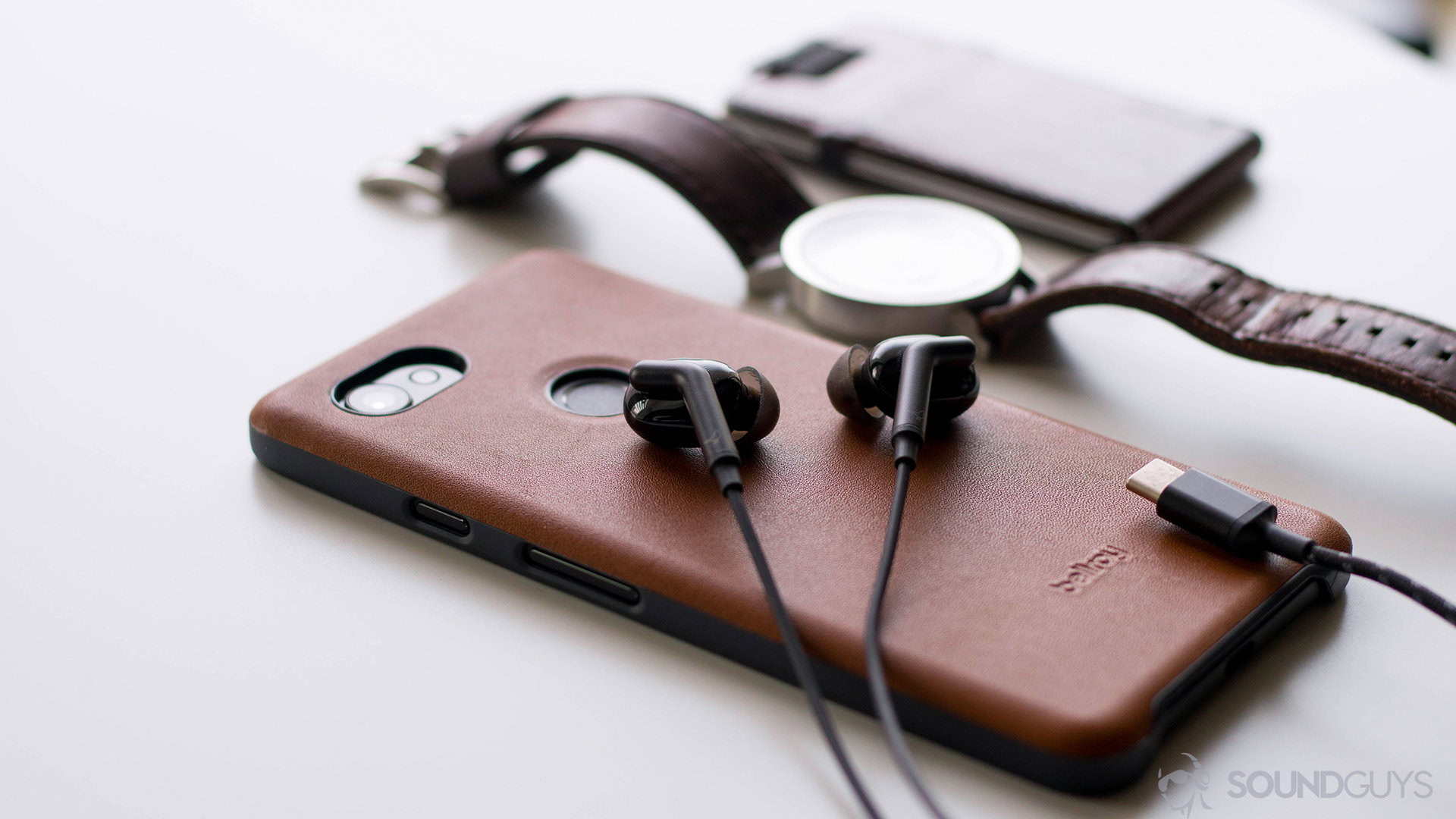
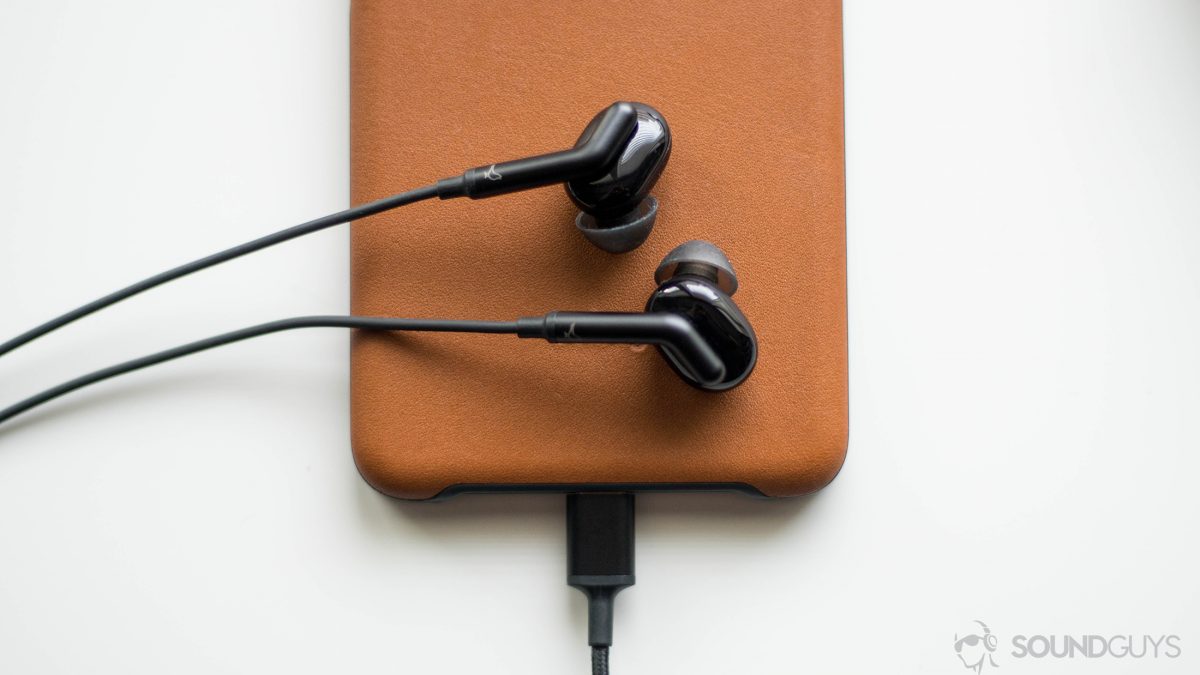
Recent events have compelled some smartphone users to replace their traditional wired earbuds with USB-C earbuds. In a perfect world, the replacement would be seamless, but the lack of universal support for USB-C audio systems is impossible to ignore. Likewise, compatibility issues are headache-inducing.
That said, this year two major companies — OnePlus and Razer — have released their own USB-C headphones, the latter of which performs exceptionally well within its unremarkable category. I hope and anticipate more companies trying their hands at the USB-C market as it remains fairly untapped. If a big brand like Samsung or LG, for instance, produces a knockout pair of earbuds, it can easily corner the market. That said, it seems a stretch since both companies have retained the headphone jack.
Increased aptX support
One of the biggest qualms audiophiles have regarding wireless smartphone audio is, well, streaming quality. A year ago, SBC seemed much more common than aptX. This makes sense since SBC is the lowest common denominator of Bluetooth codecs. Now, however, even ~$30 wireless earbuds can support aptX and aptX LL while operating on Bluetooth 5.0.
As wireless audio becomes ever more salient, we expect to see an increase in aptX-supported headphones and earbuds.
Seeing as mobile audio is a greater concern for general consumers, it seems realistic that more companies will partner with Qualcomm for aptX supported headphones and earbuds. Doing so would also reduce latency when streaming videos, which is important for Netflix and YouTube streamers.
Hail Mary mobile audio wishes
Naturally, there are a few long-shot wishes we audio enthusiasts are clinging onto. While they may not come to fruition this year, it’s okay to be optimistic about years to come.
Headphone jack revival
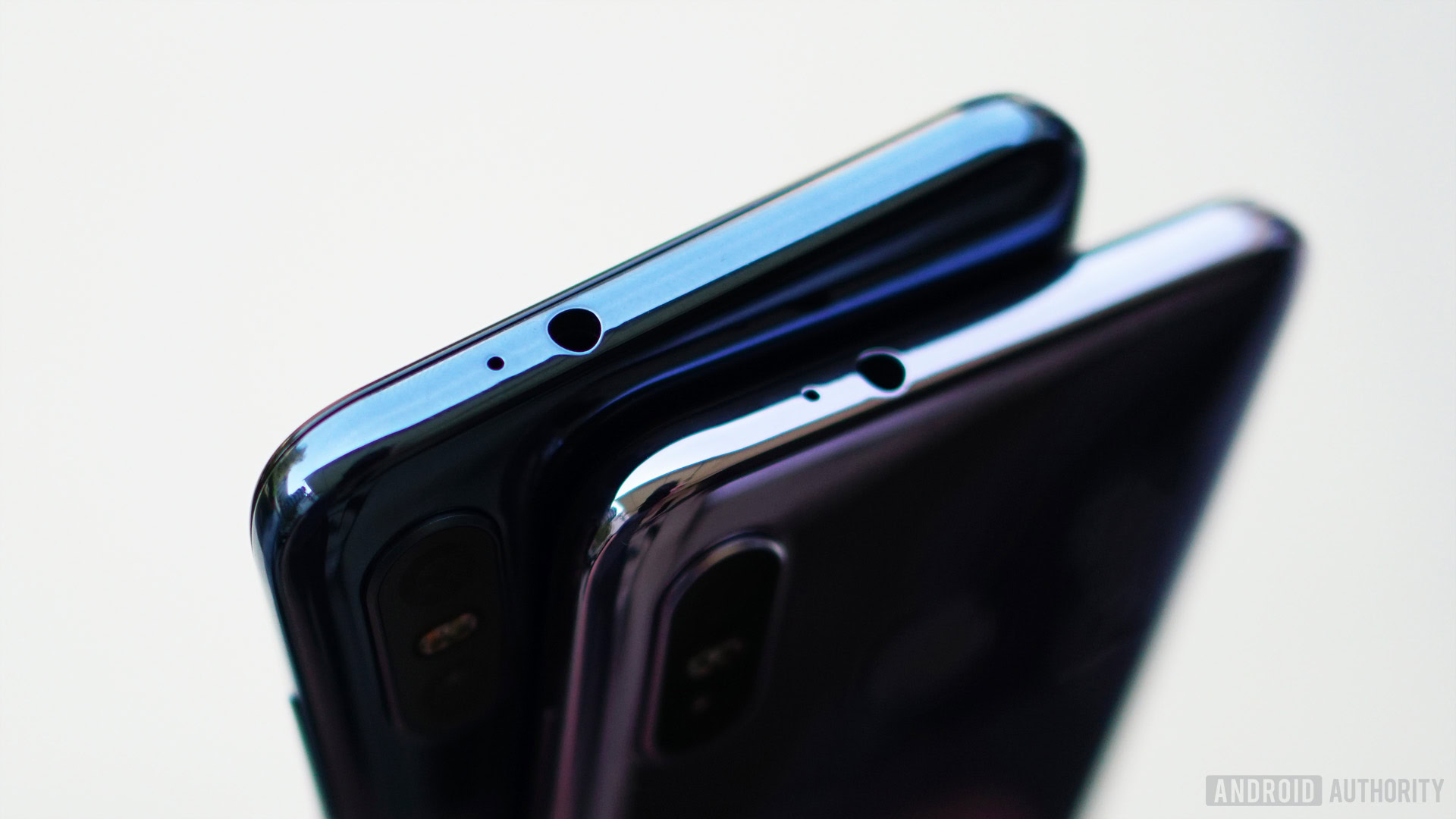
This one’s pretty unlikely seeing as companies have unapologetically let go of the headphone jack like it’s a summer intern at the end of August. That said, there exist enough dissenters within the mobile audio and wider audio communities condemning its removal. Perhaps that will galvanize companies to restore it. Even so, this restoration probably won’t come for another year or two beyond 2019, since the immediate future is evidently leaning wireless.
Android’s version of a W1 chip
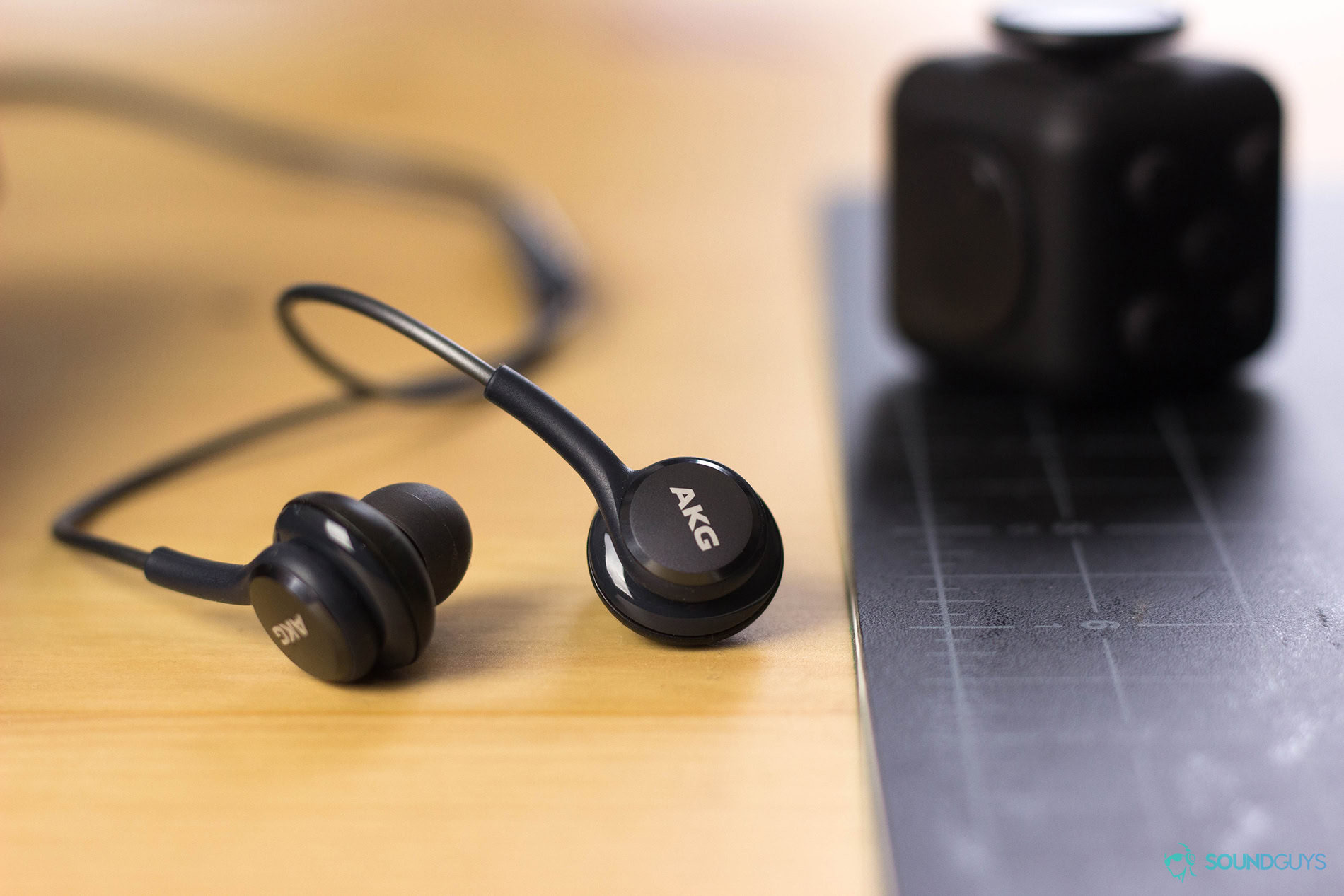
For those abstaining from all things Apple, the company’s W1 chip vastly improves wireless audio for iPhone users. Since it’s proprietary hardware, Android users don’t get a bite. Although it’s unlikely an Android W1 chip-equivalent will be announced in the coming year, Samsung and AKG could develop comparable hardware for Android devices, or at least for Samsung’s.
While all this conjecture is fun, it seems guaranteed that true wireless and USB-C technology will only continue to improve. After all, consumers continue to vote with their wallets, casting their ballots for true wireless earbuds in particular. For better or worse, this is the avenue we’re heading down and perhaps it leads to a dead end, or perhaps it leads to an all wireless, high-quality audio future. Until we know for sure, though, I’ll continue championing wired audio.
You may like the Best of Android: the best audio